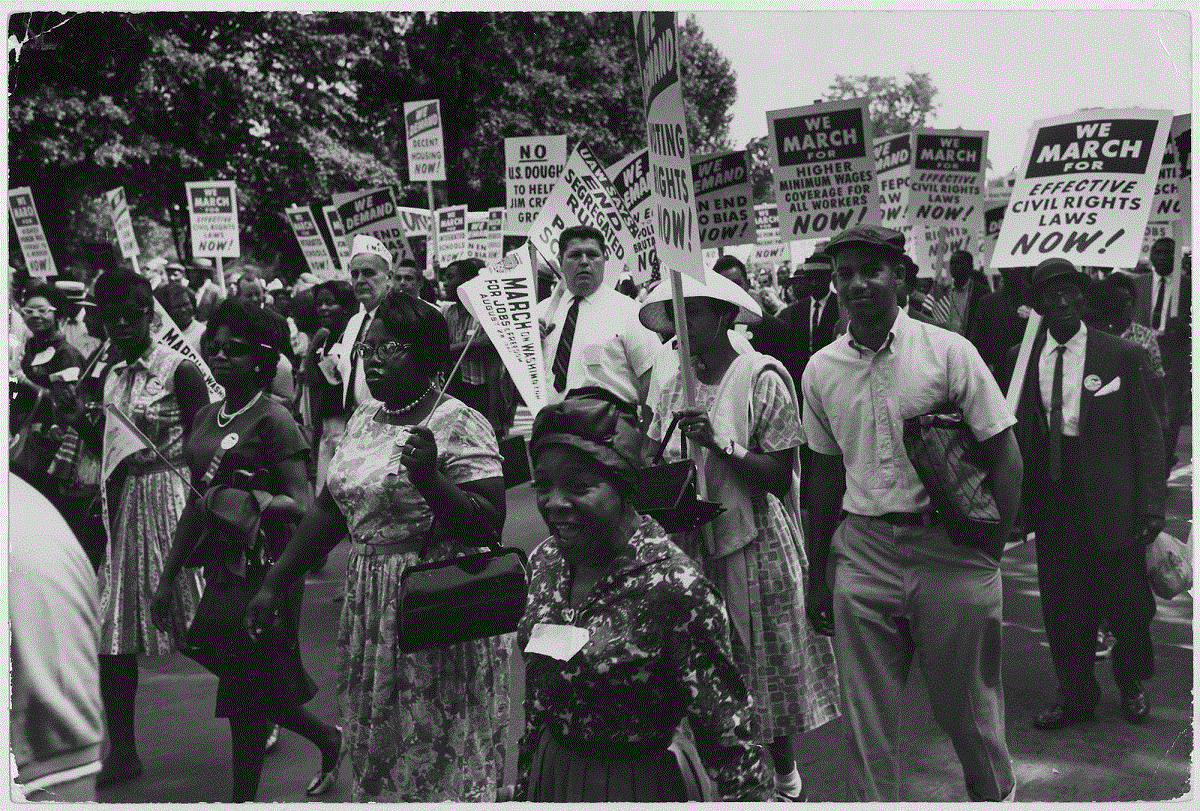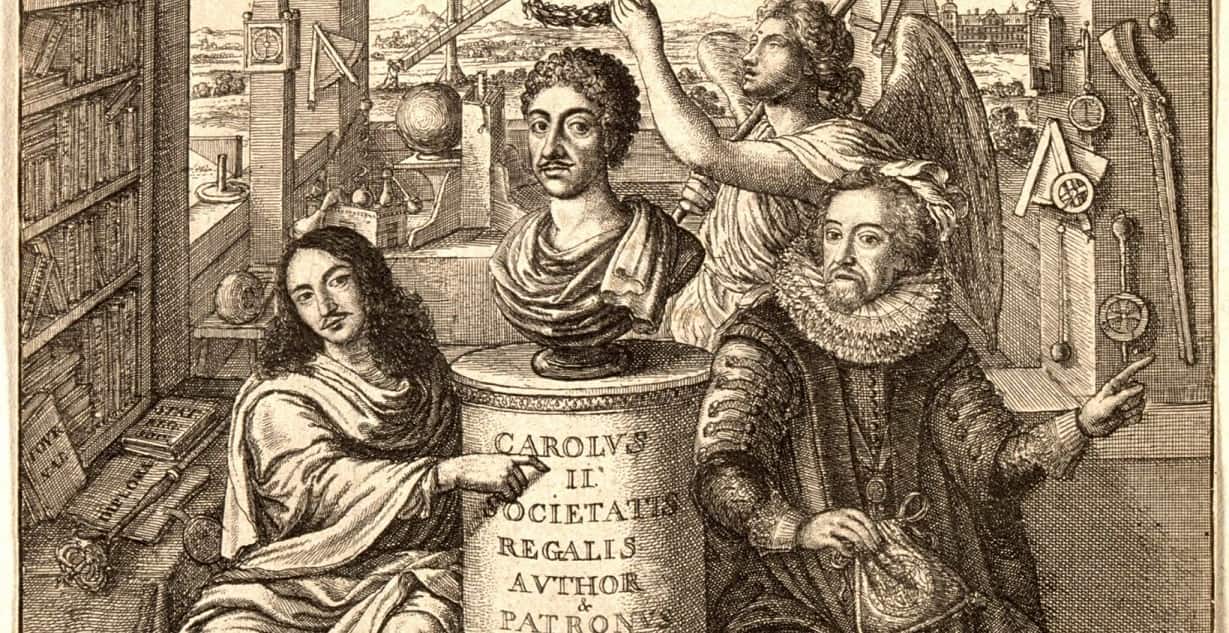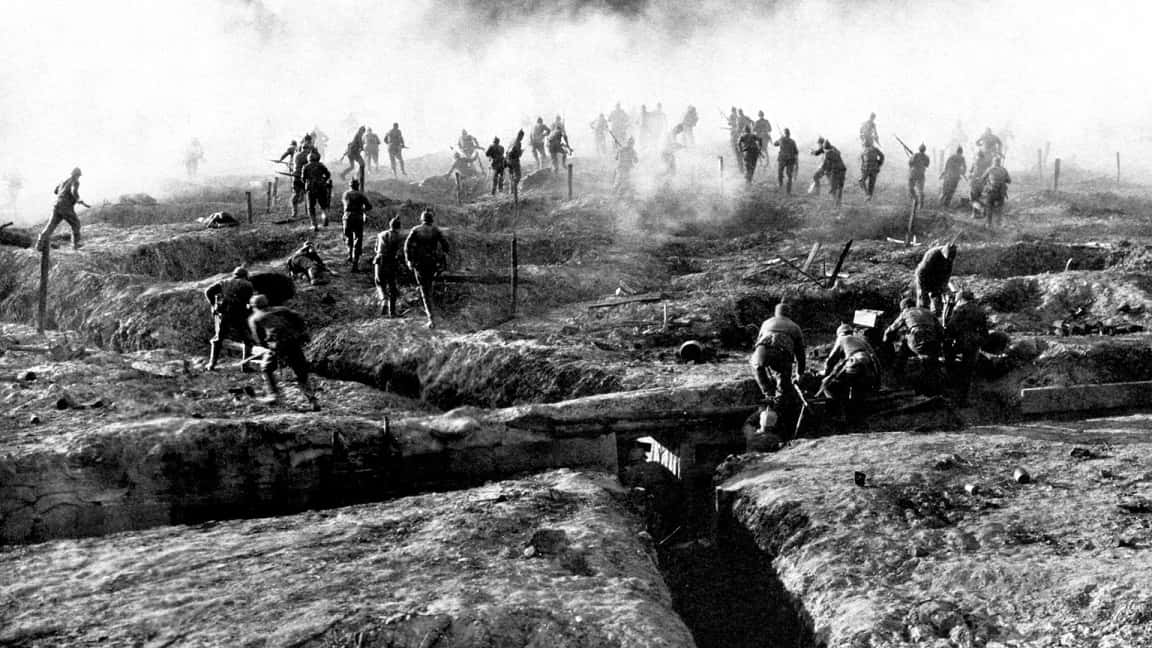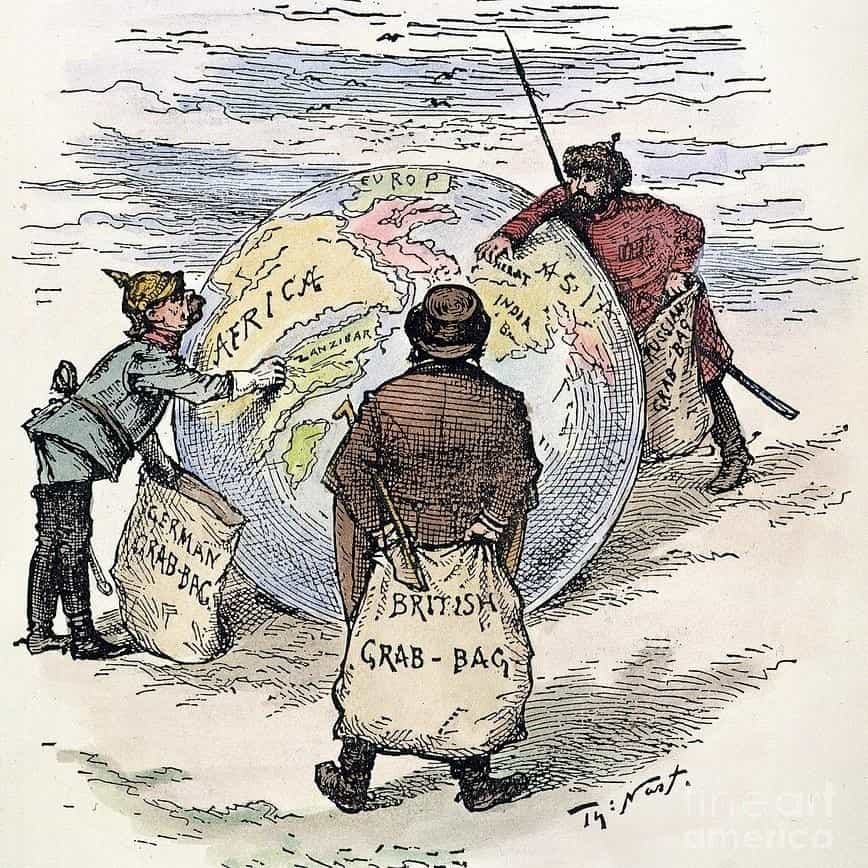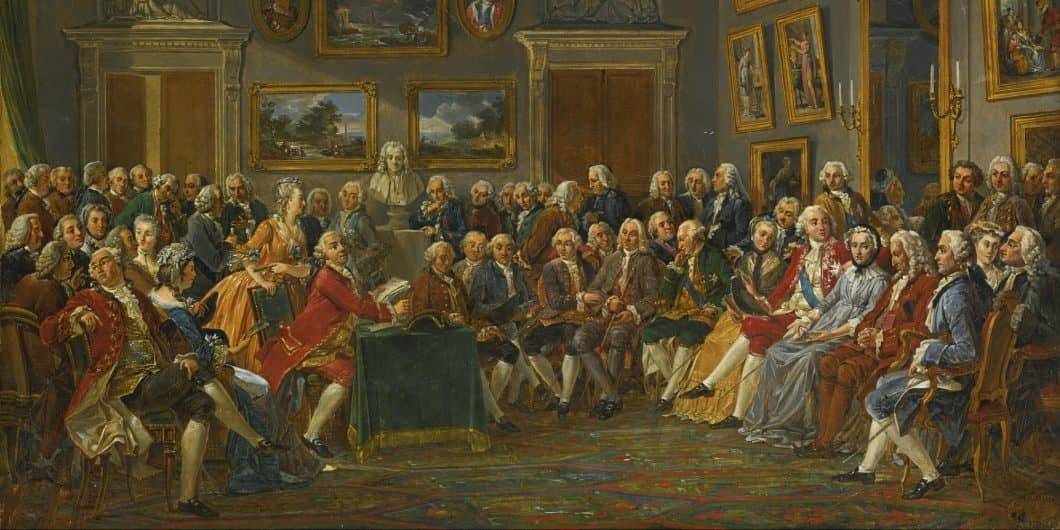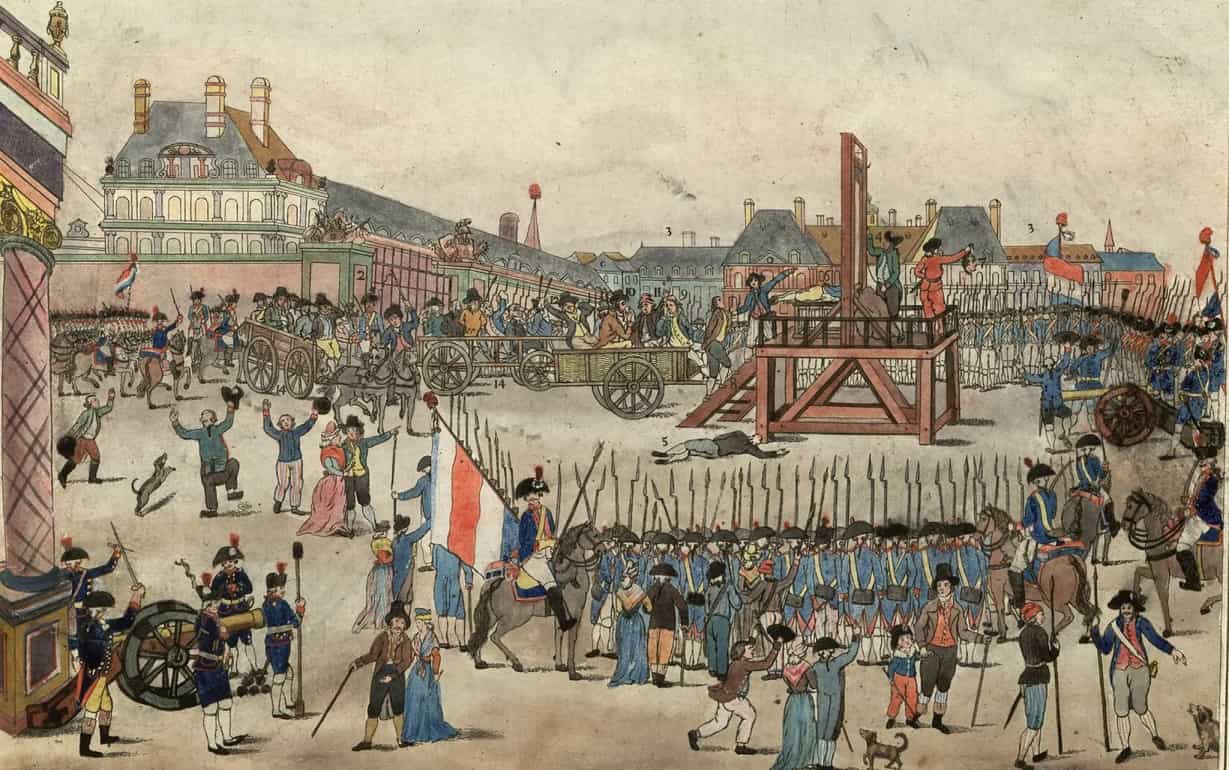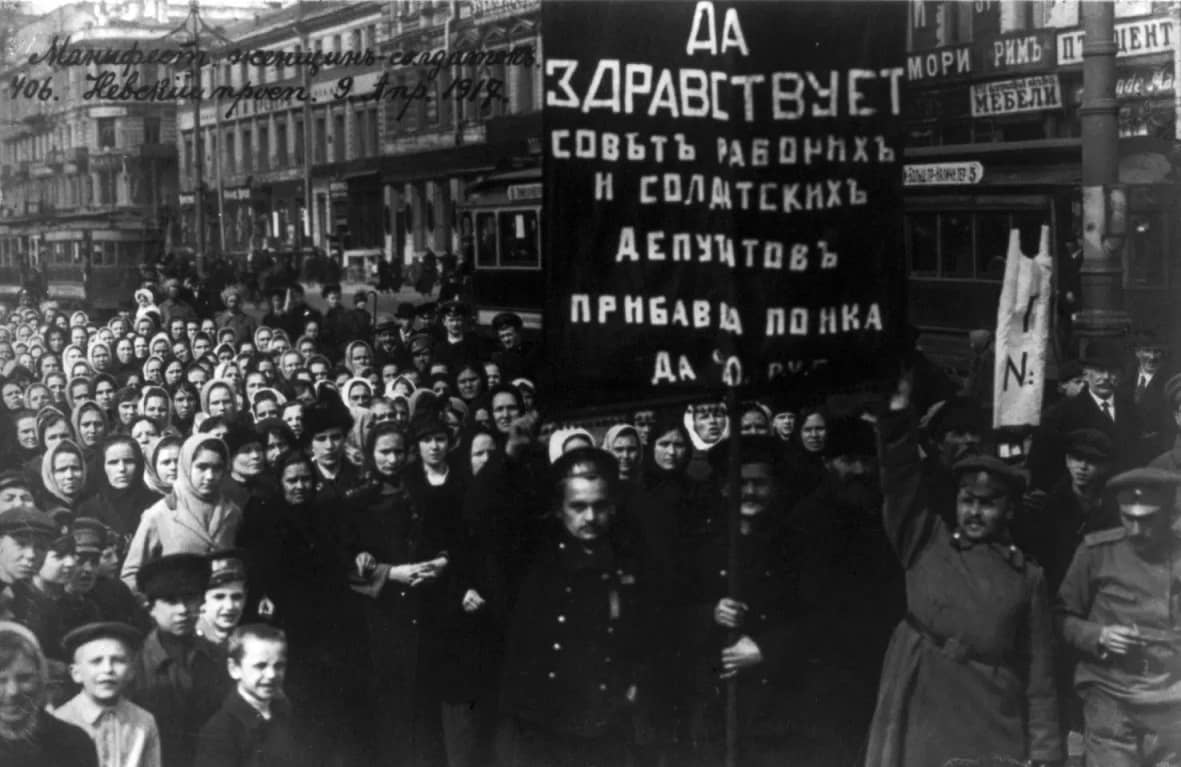Isn’t learning how people ended up operating in the present world fascinating? Well, do you wish to understand the alterations within history that caused the introduction of this new period? Let us begin with the Industrial Revolution, arguably one of the most pivotal periods in history.
The Industrial Revolution: Transforming the World from Agriculture to Industry
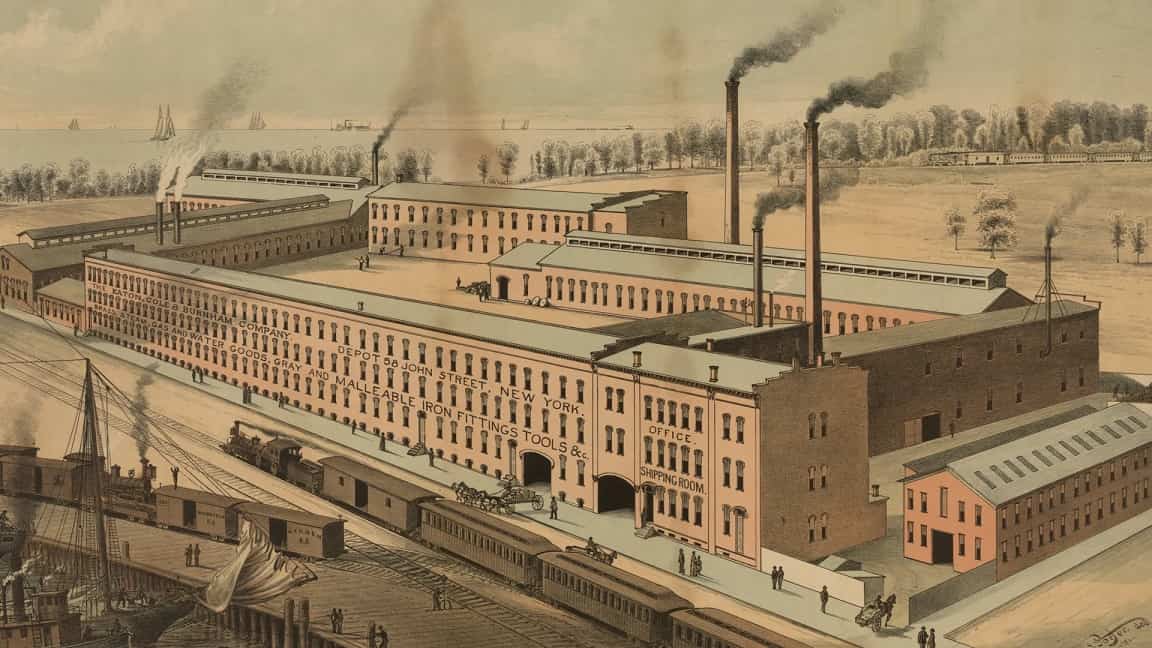
This revolution consequently touched all aspects of society, namely, family life, economics, and politics. However, let us turn our attention to what properly can be called the Industrial Revolution before continuing with how it revolutionized the world.
The Industrial Revolution: what is it?
This revolution occurred between 1760 and 1840, and it was marked by the introduction of industry and a mechanical-based economy instead of an agricultural and hand-made one. In the premodern society of the Middle Ages, humans dwelled and carried out their operations in small villages and hamlets within a restricted locality, mainly due to the set conventions of society.
Yet, one must note that the 18th century witnessed shifts in this domain, thereby making it a significant change. It stipulated the rise of factories and population, which led to rapid urbanization. The British took the leading role in this change, which was empowered by many inventors and technologies produced during that period.
Innovations in Technology
In the context of the Scientific Revolution, only the perception of the world had changed already, so technological progress was more than likely. The technological advancement that characterized the coming of the Industrial Revolution originated from this age of discovery.
There are sources stating that Thomas Newcomen invented steam engines in 1712 and brought about revolutionary changes to transportation systems. Later, other inventors, the most famous of whom was James Watt, improved them to be used for railway locomotives and new mills.
Not only was there a revolution in the means of transportation, but it also reached those means.
Here are some of the most important discoveries that took place throughout the 18th century in the textile, iron, and steel industries: Other inventions were created within the same year with Lombe’s SILK-throwing mill; more innovations came with the key technologies to raise fabric production rates such as wool. This is evident because, by the 1850s, Britain alone accounted for 50% of the world’s total manufacturing, which indicates that industrialization was well-spread in Europe.
Changing traditional skills and crafts
This led to the inevitable obsolescence of any organic, slow, time-honored craft that had involved the skilled human artisan roped in for the job. While there is truth to this, skills or abilities that were once utilized in creating goods remained relevant, and all individually crafted objects were substituted with the influx of mass-produced products.
Another effect of the Industrial Revolution was that people who once earned their living by practicing more ancient types of crafts were deprived of work and turned into factory workers.
International Commerce and Economic Transformation
Unquestionably, the Industrial Revolution impacted all nations other than Britain and altered the world from the pinnacle to the base. In the later half of the nineteenth century, after World War I, Western Europe also started copying Britain’s industrial model. America became a major trading nation by nurturing its manufacturing skills, using some of the inventions from Britain, and inventing new gang machinery at home.
- Mass P at-home production
A ‘consumer revolution’ occurred during this era as a greater variety of goods became available to the general public. With more efficient production methods, Britain could satisfy international markets, especially in its overseas colonies, in addition to satisfying domestic needs.
- Expansion of Global Trade
As transportation technology advanced and roads improved, goods could be moved more quickly and widely. A globalized trade network emerged during this era, effectively creating a ‘highway system’ that connected continents like never before.
Impact on Society of the Transformative Impact
There was a transition from farming to industrialization as industries were established in urban areas. Half a century ago, people from rural villages migrated into cities and towns in search of better-paying jobs. Consequently, small settlements grew to be big cities with the help of the Japanese Americans. However, other scholars found that though wages were higher in cities, other costs, such as rents, were also higher, which could even decline the standard of living.
- Working Class Rise
The Industrial Revolution heralded the emergence of a distinct working class. This development altered family dynamics and the simplicity of rural life. Men often left their families to work in factories, in stark contrast to the previous rural economy, where families typically worked together in farming, running a shop, or weaving.
The widespread establishment of industries also marked the unfortunate beginning of child labor. It was not uncommon for women and children to work in factories or as servants in order to supplement their families’ income. During this period, a significant wage gap emerged, with women and children receiving substantially lower pay, often for working in more hazardous conditions and for long hours, sometimes up to 14 hours a day.
- Political Movements and Cultural Expressions
The Industrial Revolution ushered in capitalism as the dominant economic system, which caused societal restructuring. New social classes emerged with varying attitudes towards capitalism; some were critical, while others sought to fit in this newly industrialized world.
Socioeconomic transformations left by the Industrial Revolution
The Industrial Revolution is considered to be the factor that paved the way to modern society. During this period, issues such as the cost of goods, communication, and transportation were made cheaper for all individuals. It may also have initiated future industrial revolutions such as steam power, mechanization, electricity use, automobiles, robotics, and the internet.
Nevertheless, it is essential not to forget the negative part, given that we continue to feel the impacts of the Industrial Revolution.
Final thoughts
The first industrial revolution took place and progressed at a high rate with subsequent industrial revolutions. Industrialization is the reason we have distinguished societies and inventions in our lives today.
The biggest issue remains its aftermath, the repercussions we continue experiencing today. For all, the result of the revolution is not over. However, inequality, environmental challenges, and eroded family institutes besiege us. That common notation rule still applies to our modern living.

